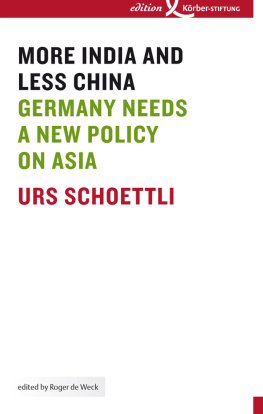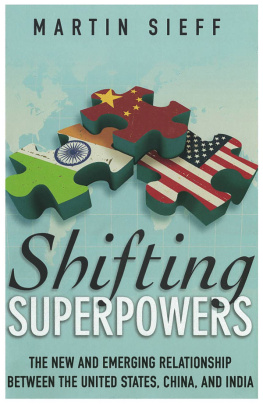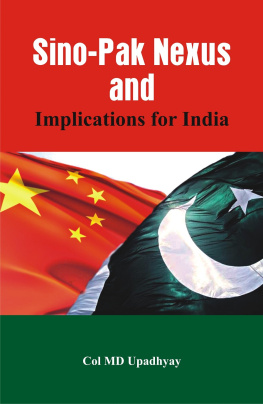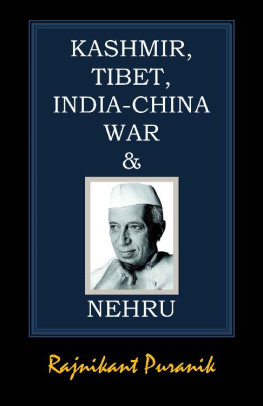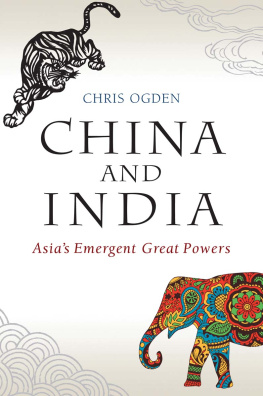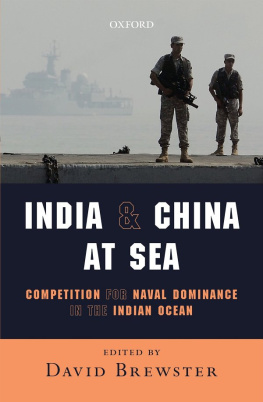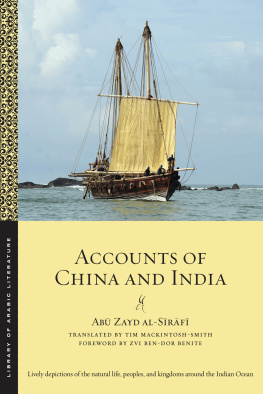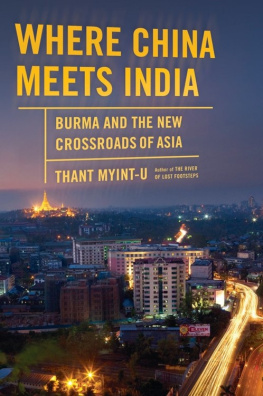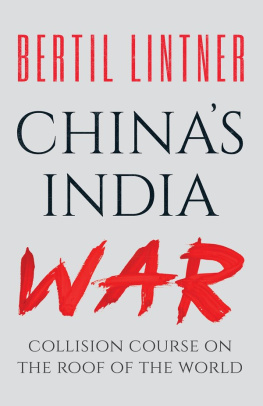Advance Praise
The Fractured Himalaya is a deeply researched, critical and lucid discussion of the complex diplomatic processes that led to the Sino-Indian war of 1962, identifying much that has been overlooked or misread. More importantly, it requires us to engage with the multiple perspectives that shaped the decisions and calculations of policy-makers on all sides at the time. This leads it to be not just a highly readable historical analysis, but also a detailed demonstration of the intellectual rigour and breadth that are needed if policy practitioners and analysts are ever to resolve major conflicts or balance competing national interests. With its emphasis on the necessity of maintaining highly informed but flexible approaches in policy-making, alongside its attention to borders as zones of connection rather than as dividing lines, it should be required reading for all interested in the study or practice of diplomacy and international negotiation
Robert Barnett,
Scholar of Tibet, Author, Professorial Research Associate,
School of Oriental and African Studies, University of London
Combining deep research with an engaging literary style, this book is a must read for anyone interested in Indias foreign and defence policies
Chandrashekhar Dasgupta,
Author and former Ambassador of India to China
Nirupama Rao, uniquely combining stellar diplomatic experience and deep scholarship, provides profound insights into why the initially-friendly relations between Communist China and Democratic India gave way to the Chinese invasion of 1962. With the two giants confronting each other anew, this fabulous book is indispensable reading
Padma Desai
Gladys and Roland Harriman Professor of Comparative Economic Systems Emerita, Columbia University, New York
In The Fractured Himalaya, Nirupama Rao has written a compelling, insightful, detailed history of how India and newly-Communist China dealt with one another in their earliest years, from the friendship of the early 1950s to the 1962 war. Her account is full of insights about the leading figures, from Nehru to Sardar Patel in India to Mao Zedong and Zhou Enlai to, above all, the current Dalai Lama, whom the author interviewed at length about Tibet in the 1950s and the sequence of events leading up to his flight from Lhasa. This is both an authoritative history and a smooth-reading narrative
James Mann,
Former China correspondent for the Los Angeles Times,
author of three books about the United States and China
A rare gem of a book that combines deep scholarship with felicitous writing. Nirupama Raos unique knowledge and experience brings to life and makes accessible the important triangular interplay between India, Tibet and China which had such significant effects on all three polities and peoples, and on Asia as a whole, which still resonate to this day. As relations between the three polities are being recast and contested again, there is no better guide than Nirupama Rao to show us how the past illuminates the future. Her book is essential reading for an understanding of this part of the world
Shivshankar Menon,
Former National Security Adviser of India, Foreign Secretary, and author
In her book The Fractured Himalaya, Ambassador Nirupama Rao draws on an unprecedented diversity of sources, primary and secondary, to provide amazing breadth of analysis and insight on the history of Indias relations with China covering the period from 1947 to 1962. Rao is erudite, multi-textured and highly nuanced. Her sensitive and balanced portrayal of the complex relationships between various key actors during this complicated period of Asias early post-colonial history is truly impressive. A definitive work
Vijay Nambiar,
Former Indian Ambassador to China,
Chef de Cabinet to the U.N. Secretary-General, Ban Ki Moon
With elegance, authority and a prodigious amount of research, Rao tells us how a mountainous wasteland in the Himalayas once viewed as just a blank place on the map became a field of combat between India and China in 1962. As the two nations find themselves again in conflict, hers is a cautionary tale worth heeding
Orville Schell,
Arthur Ross Director, Center on
US-China Relations, The Asia Society, New York
An extraordinary work of historical scholarship, Raos expose is elegantly written and offers nuanced texture to the origins of Sino-Indian frictions during the 1950s-1960s that still resonate today. Not only are the territorial, border, diplomatic, and security dimensions carefully dealt with, but she reveals the centrality of the Tibet issue (which is not well understood). A signal accomplishment that should be carefully read by all concerned
Professor David Shambaugh,
George Washington University, and
author of Chinas Leaders: From Mao to Now
Nirupama Rao has written a fascinating and deeply researched history of the interactions among India, Tibet and China during the short thirteen years between the founding of the PRC (1949) and the India-China War (1962), as their initial desire for brotherly friendship deteriorated into military confrontation.
Rao utilizes her unique perspective as a historian-diplomat with years of experience dealing with China to explain the logic behind the decisions of the key players in the drama, especially the tragic hero of the story, Jawaharlal Nehru. The book provides crucial lessons from history to guide contemporary efforts to preserve peace between these two rising Asian powers
Susan Shirk,
Chair, Twenty-First Century China Center,
School of Global Policy and Strategy, UC San Diego
This elegantly written book illuminates the dark corners of the India-China relationship in its foundational period from the birth of a Communist China to a war that inflicted defeat on India. It is especially relevant today, as tensions and clashes on the border have returned. Why were the two Asian giants, both emerging from the shadow of imperialist control, unable to solve their border dispute? We learn that Mao craftily combined anti-imperialism with nationalism, as Nehru sought to turn his anti-imperialism into an attempt at post-imperial, anti-war high-mindedness, an attempt that eventually failed. Combining meticulous archival research with the subtle gaze of a professional diplomat, Nirupama Rao has produced a historical account that compels reflection and deserves wide readership
Ashutosh Varshney,
Sol Goldman Professor of International Studies
and the Social Sciences, Brown University
For my parents
Narayani and Narayana Menon,
who belonged to a generation, who witnessed
the period covered in this history, at first hand.
Upon the mountains reverberate the drums and kettle-drums ... Suddenly there begins to thunder forth the dance, with its flame and fireworks. Nicholas Roerich, Himalaya, 1926



